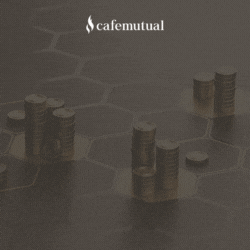Passive funds can be rewarding for investors looking for low cost investment options. These funds provide exposure across equity, debt and commodities. There are over 100 passive funds available in the mutual fund industry.
To help you separate the wheat from the chaff, here are the three things to consider while selecting a passive fund.
Track the error
Passive funds aim to replicate a particular index. However, there exists some deviation between the index returns and the fund returns. This deviation is the tracking error. Fund expenses, the timing difference between fund collection and allocation, etc. contribute to the tracking error.
Let us assume that Sensex has delivered 12% return in FY 2019-20. In the corresponding period, if a Sensex Index Fund gave return of 11.50%, this difference of 0.5% is the tracking error. As the passive funds aim at imitating the index, the returns too should be similar to that of the index. You should opt for funds with a lower tracking error.
Evaluate the benchmark
There are different benchmark indices available in the market. You should pick an index that best matches your diversification needs. For example, the NIFTY 50 Index comprises 50 stocks across various sectors, whereas the NIFTY 100 Index constitutes 100 stocks. An investor wanting broader access to the market will obviously opt for a fund following the NIFTY 100 Index over the NIFTY 50 Index.
Another important aspect here is analysing the constituents in the index. For example, an investor looking for exposure to pharma sector through passive funds can look at the list of stocks included in the different pharma indices.
Dissect the costs
Passive funds have been gaining traction as cost-effective investments. The role of a fund manager is limited in the case of passive schemes. These funds are designed to follow a particular index and their investment portfolio is based on this index. Thus, the running costs are lower than the active counterparts. Though you enjoy reduced investment cost in general, make a note of all the related expenses including the exit loads. Lower expenses can narrow the gap between the index returns and the fund returns.
Also, while both index funds and ETFs are low-cost products, the expense ratios of index funds are higher than that of ETFs. However, note that the expense ratio of ETFs is not their only cost. Expense ratio of ETFs do not take into account costs related to entering, holding and exiting the investment. Further, some of the ETFs do not have adequate liquidity.





